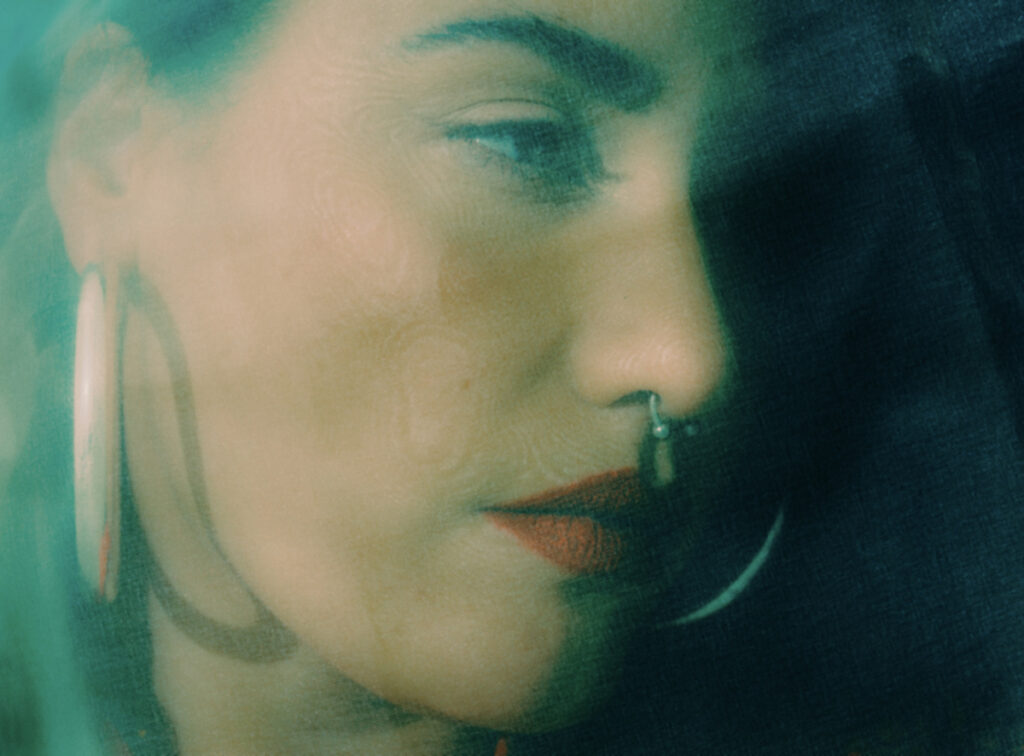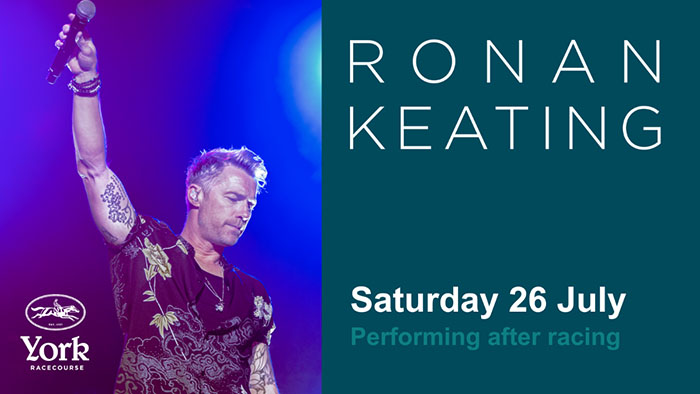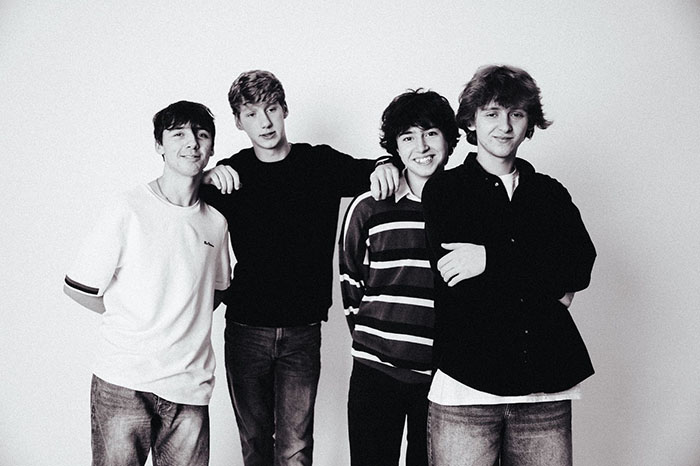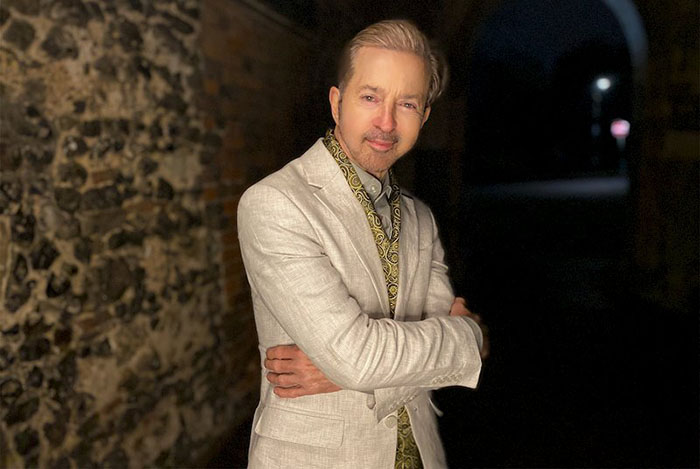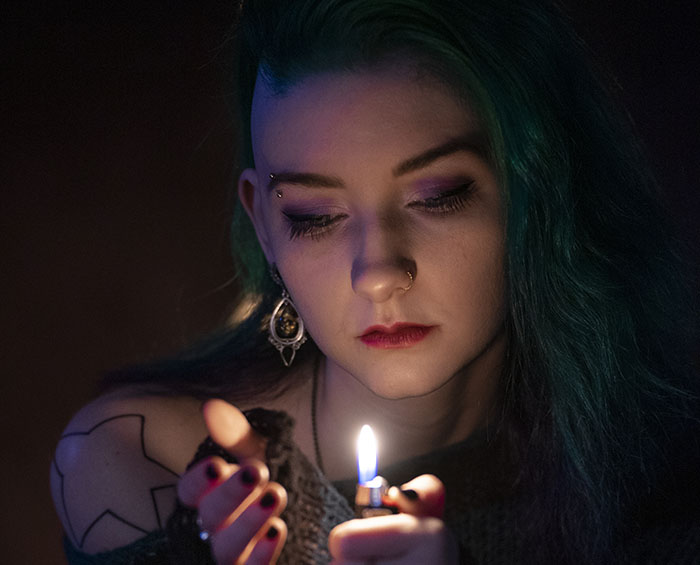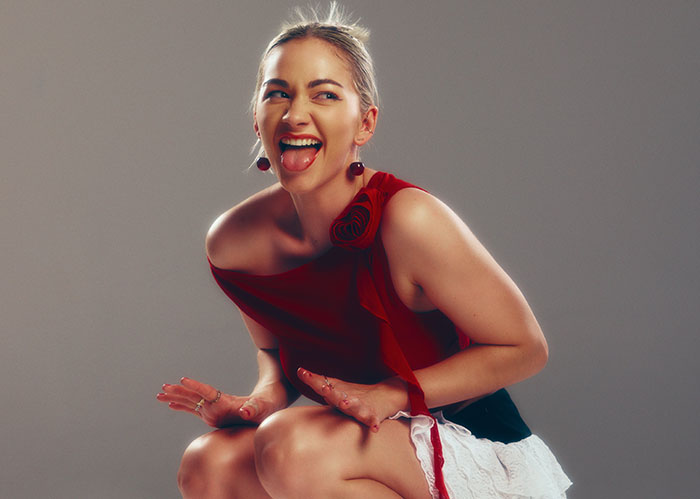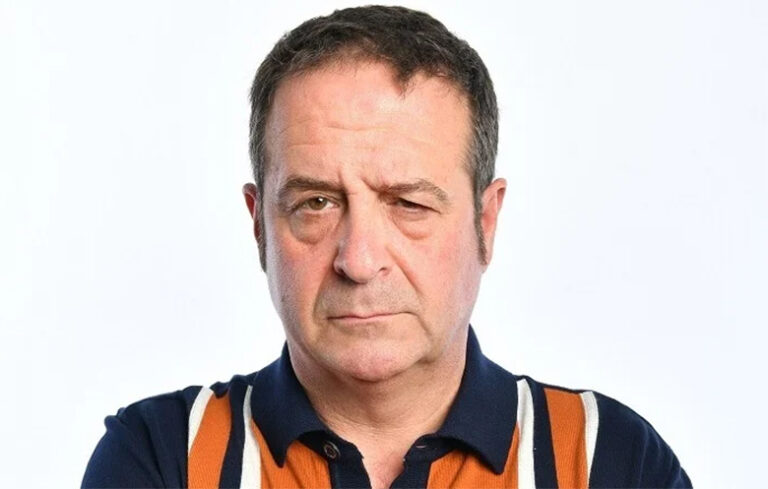Internationally acclaimed singer, songwriter and musical artist I Used To Be Sam (aka Annie Goodchild) shares their most poignant single to date – ‘Seamstress’, out now. The track is taken from the artist’s upcoming self-titled debut EP under their new creative moniker, set for release on 14 June.
Growing up, I Used To Be Sam always knew that they had been transracially adopted (the term for when a child is adopted by parents of a different race). “I remember fighting with my mom and saying how could you name me Annie after the most famous orphan of all time?!”, referencing the infamous Broadway musical. Looking back on aspects of their childhood, “I was trying to figure out why so much of what made me different from my family was erased.” Since they can remember, they have always wanted to track down their birth family. After taking a DNA test the artist finally matched with a first cousin who helped Goodchild to track down her biological father. Before being adopted, she learned, she used to be named Samantha.
Usually a guarded person, I Used To Be Sam opened up to a producer on a gruelling five-day run of writing sessions in Berlin – she spoke candidly about connecting with her birth father for the first time, and the agony of trying to reunite with her biological mother. Her attempts to reconnect with her birth mother were met by repudiation, leaving her feeling as if she was her “dirty secret and a mark of shame”. Thus, the song ‘Seamstress’ was born; written for and about Goodchild’s biological mother.
Speaking of the track, I Used To Be Sam says, “I knew going into this process that one of the songs on this initial EP would be about my birth mother. Although there is so much more I want to say to her, and so much more I need to explore for myself, this is the song that needed to come first. Like the rest of the EP, I wrote Seamstress in the small bedroom studio of Novaa, the producer I’ve collaborated with for this whole project. We sat on the floor and talked and laughed, and slowly and naturally I began to talk about this very specific hurt that has been my companion throughout life – the rejection and re-rejection of my birth mother.”
“I’ve spent my life wondering about so much. Does she think about me? Can she remember my face? Do I look like her? Does she want to see me and meet me as much as I want to meet her? I got my answer and although it’s not what I wanted, “at least now I know”. As I said those words out loud the lyrics to the chorus were born. I created the music video with Jyri Passanen in a forest outside of Basel. It was really important to me that the song itself be more present in some ways than the visual. I didn’t want to sing directly into the camera much or have a strong narrative; but rather wanted the video to have a vagueness that could compliment the energy of Seamstress.”
At the beginning of the sprawling and folk-influenced track (which also references Nathaniel Hawthorne’s story of shame and redemptionThe Scarlet Letter) the voice that opens the song is Goodchild’s own daughter. “I wanted to physically put my body in the music, almost as proof of my existence that was being denied,” they say. “I wanted to have proof that I’m not repeating the pattern. It felt healing in some ways.”
